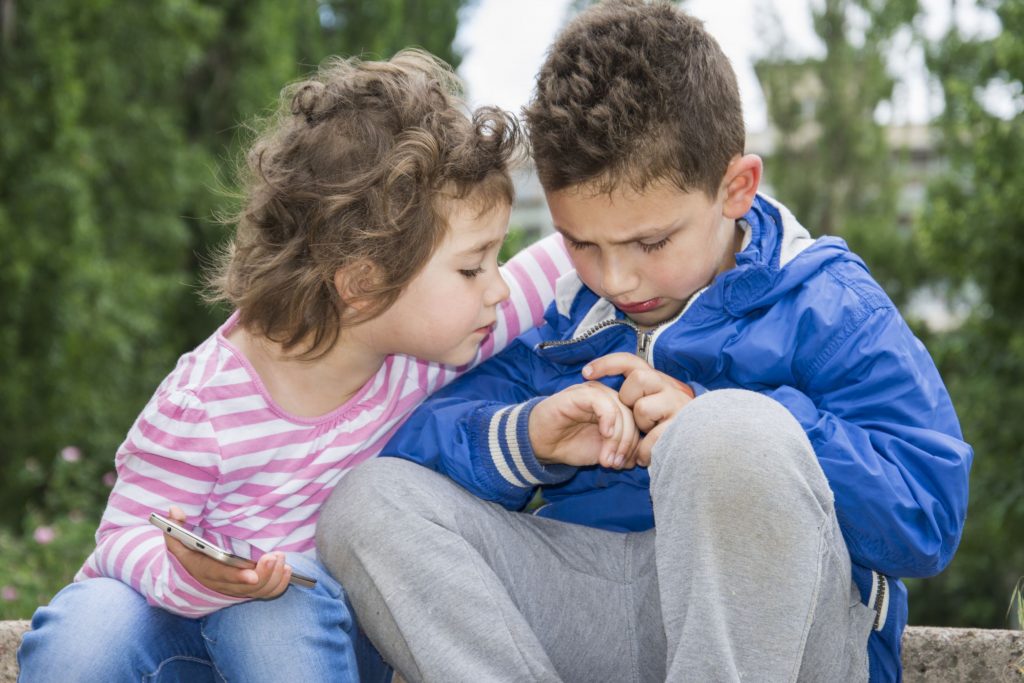According to Merriam Webster dictionary, empathy is the action of understanding, being aware of, being sensitive to, and vicariously experiencing the feelings,thoughts, and experience fully communicated in an objectively explicit manner. I remember when I was in my last year at the university, my thesis was anchored to Kohlberg’s Theory of Moral Dilemma and I focused on whether 4 year olds already have perspective taking and empathy. Had to interview 40 4 year old children to gather data and come up with the conclusion that most of the respondents showed perspective taking (based on their response with the given questions) and that perspective taking goes hand in hand with empathy – the better they understand someone’s perspective, the more empathy they will have. Interesting isn’t it?
As an adult, how developed do you think is your perspective taking and empathy?
In my 5th year of teaching, I had an epiphany that my understanding of empathy is wrong. Or the way I demonstrate empathy is wrong. While I do not blame the environment I grew up in because I know they also were taught that way, I realized that the way empathy was taught to me was not what and how empathy works and that I have been passing it on to people I encounter.
“Look what you did? You made your friend sad because you don’t want to share your new stickers.” Sounds harmless, right? Does it teach empathy? Yes, because you are made aware of what the other person feels from your action. But is that how empathy works? NOPE.
Teaching empathy should not include guilt. The only thing we can control is our own actions, thoughts and how we will respond. Making a person, especially a child responsible about another person’s feelings does not teach empathy. It creates guilt feelings. Empathy does not equal guilt. Yes they need to learn accountability, we all do, but guilt trips us to “feel” what the other person is feeling does not teach empathy. “I understand that you don’t want to share your new stickers with your friend. Do you want to explain to your friend why you don’t want to share?”
“You forgot to turn off the lights again! I am getting tired of reminding you again and again. Maybe I should put a big sign here so you will not forget anymore.” While it is upsetting to keep repeating ourselves, we have to remember that not all people have good memories. It might sound like a small thing but to some people, they get too overwhelmed on a daily basis and most of the time they dont have the skill to navigate through it hence they forget things – even the simple things. Teaching empathy should not include shaming. Empathy is also not equal to shaming. Shaming creates more anxious thoughts and doubts about themselves. That is not empathy. “I noticed that this keeps happening and I have been reminding you more than I can count. I’ll be honest with you, this is making me irritated. Can we figure out a way on how we can help each other avoid this situation from happening again?” Recognize, acknowledge and communicate your feelings then when you are ready, try to figure out a solution together.
Adults sharing feelings with children is important, too. Sharing feelings with children helps model what communication looks like. Your feelings, your thoughts, your response, your actions are your responsibility. Building empathy in children does not come through shame, guilt or even punishment. It comes when you make them feel safe, heard and supported. Children learn that their actions affect others by observing reactions. Understanding cause and effect will help them learn how their actions can affect others. But that doesn’t mean it is their responsibility to regulate your feelings because that is something only you can control.
Teaching empathy begins with supporting the child (or another adult). We support by helping them feel seen and safe, then we support them to help the other person feel safe and seen too. When we respond to challenging behavior with shame, guilt and punishment, the child cannot cross over the bridge where they will learn what actual empathy is about. Let’s teach ourselves empathy without making other people fix our own feelings. Let’s teach children about empathy without making it their job to fix someone else’s feelings.

